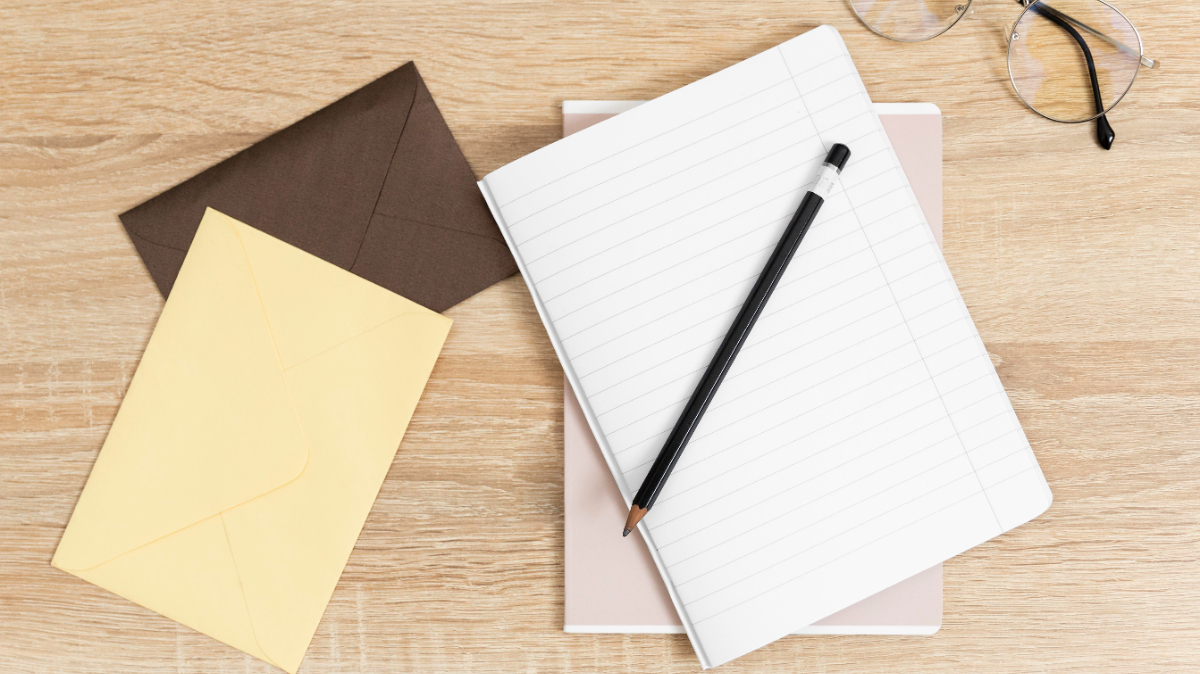
A cover letter is a crucial, one-page document that highlights your qualifications and complements your resume during a job application. Drawing on my extensive experience in recruitment and talent management, this article will guide you through the process of crafting a compelling cover letter. You’ll find a detailed outline and practical examples, based on insights from assisting countless job seekers, to help you create a persuasive and effective cover letter.
What is a cover letter?
A cover letter is a brief document, usually three paragraphs long, that explains why you are applying for a specific position, provides a snapshot of your professional background, and highlights what makes you uniquely qualified for the job. Some employers require a cover letter as part of the application process, while others consider it optional.
Cover Letter Outline
Here is an outline of a cover letter, section by section, so you can see how to write a cover letter yourself.
Date and Contact Information
There are two ways to list contact information on your cover letter, depending on whether you’re providing a digital or hard copy.
For a Digital Copy:
Include your city and state, phone number, and email:
- Date
- Your name
- City, state
- Phone number
- Email address
For a Paper Copy:
If you’re submitting a paper copy, the top left-hand side of your letter should include the following:
- Date
- Your name
- Your address
- Your city, state, ZIP code
- Your phone number
- Your email address
- Hiring manager’s name
- Company name
- Company address
- Company city, state, ZIP code

Crafting a compelling cover letter is an essential step in highlighting your qualifications and complementing your resume. With over 20 years of experience in recruitment and career coaching, I recommend focusing on creating a succinct, one-page document that effectively communicates your fit for the position. A well-structured cover letter, typically three paragraphs long, should clearly state your reasons for applying, provide an overview of your professional background, and emphasize your unique qualifications.
To ensure your cover letter is professional and effective, follow this outline: Start with the date and your contact information at the top, tailored for either a digital or paper submission. For digital copies, include your city, state, phone number, and email address, while paper copies should list your complete address along with the hiring manager’s details and company address. By adhering to this format and focusing on clarity and relevance, you’ll create a cover letter that not only complements your resume but also captures the attention of potential employers.
Salutation / Greeting
Start your cover letter by addressing the hiring manager. If possible, find out the name of the hiring manager by rereading the job description or checking the company website. Do not use titles like “Mr.,” “Mrs.,” or “Ms.” Instead, use the hiring manager’s first and last name. If you can’t find the hiring manager’s name, use “Dear Hiring Manager.” Avoid outdated greetings such as “Dear Sir/Madam” or “To Whom It May Concern.” Interested in more information on “How to Address a Cover Letter” – check out our guide.
Opening Paragraph
The opening paragraph is your opportunity to catch the hiring manager’s attention, introduce yourself, and express your enthusiasm for the position. Mention why you are excited about the job and the company, and how it aligns with your career goals. Include keywords from the job posting and match your skills to the employer’s requirements.
If you were referred to this job by someone who knows the hiring manager or already works at the company, mention this referral in your opening paragraph.
Middle Paragraphs
Use the middle paragraphs to discuss your most relevant experience, highlighting specific qualifications and skills that make you the perfect candidate. In one or two paragraphs, connect your previous accomplishments with your suitability for the role you are applying for. Think of these paragraphs as your pitch to demonstrate why you are the ideal match for the position.
Closing Paragraph
Use the final paragraph to thank the employer for their time and consideration and clarify any details from your resume. For example, if you have employment gaps due to caring for a sick loved one, briefly mention this here. Additionally, sum up your qualifications for the role and express your interest in moving forward to the next stage in the hiring process.
Complimentary Close and Signature
Choose a complimentary closing that is friendly yet formal, followed by your first and last name. Consider the following closings:
- Sincerely
- Regards
- Best
- Respectfully
- Thank you
- Thank you for your consideration
Avoid closings like “Cheers,” “Warm Regards,” or “Yours Truly,” as these may be considered too casual or affectionate.
If you are providing a hard copy of your cover letter, handwrite your signature and also include your full typed name.
Cover Letter Font
When it comes to font, keep it simple and professional. Choose a basic font like Arial, Calibri, or Verdana. Avoid using fancy or decorative fonts.
Many employers use applicant tracking systems (ATS)—software that automates the sorting of job applications based on specific keywords, skills, job titles, or other fields. Complicated fonts can make it harder for the ATS to read your letter, potentially preventing your application from moving forward.
Use font sizes between 10 and 12 points for easy reading. In general, use the same font and font size that you used in your resume for a cohesive and professional look.
Check out our detailed guide “How To Choose Cover Letter Font?”
Spacing
Good spacing is essential for your cover letter—whitespace in the right places will make it easier for the recruitment manager to read quickly. Follow these guidelines:
- Make your cover letter single-spaced.
- Add a space between each section: contact information, salutation, opening paragraph, middle paragraph, closing paragraph, and complimentary closing. (There’s no need to indent any of your paragraphs).
Length
Keep your cover letter to a single page made up of three paragraphs. You can add an extra middle paragraph if absolutely necessary. Before doing this, however, always ask yourself if you can communicate the essential information in fewer words. For more info, check our article “How Long Should a Cover Letter be?”
Cover Letter Format Example
[Your Name]
[Your Address]
[City, State, ZIP Code]
[Phone Number]
[Email Address]
[Date]
Hiring Manager’s Name
Company Name
Company Address
City, State, ZIP Code
Dear Hiring Manager,
[Opening Paragraph: Introduce yourself and express your enthusiasm for the position. Mention why you are excited about the job and the company, and how it aligns with your career goals. Include keywords from the job posting.]
[Middle Paragraphs: Discuss your most relevant experience, highlighting specific qualifications and skills that make you the perfect candidate. Connect your previous accomplishments with the requirements of the job.]
[Closing Paragraph: Thank the employer for their time and consideration. Summarize your qualifications for the role and express your interest in moving forward to the next stage in the hiring process. Optionally mention any additional relevant details not covered in your resume.]
Sincerely,
[Your Full Name]



